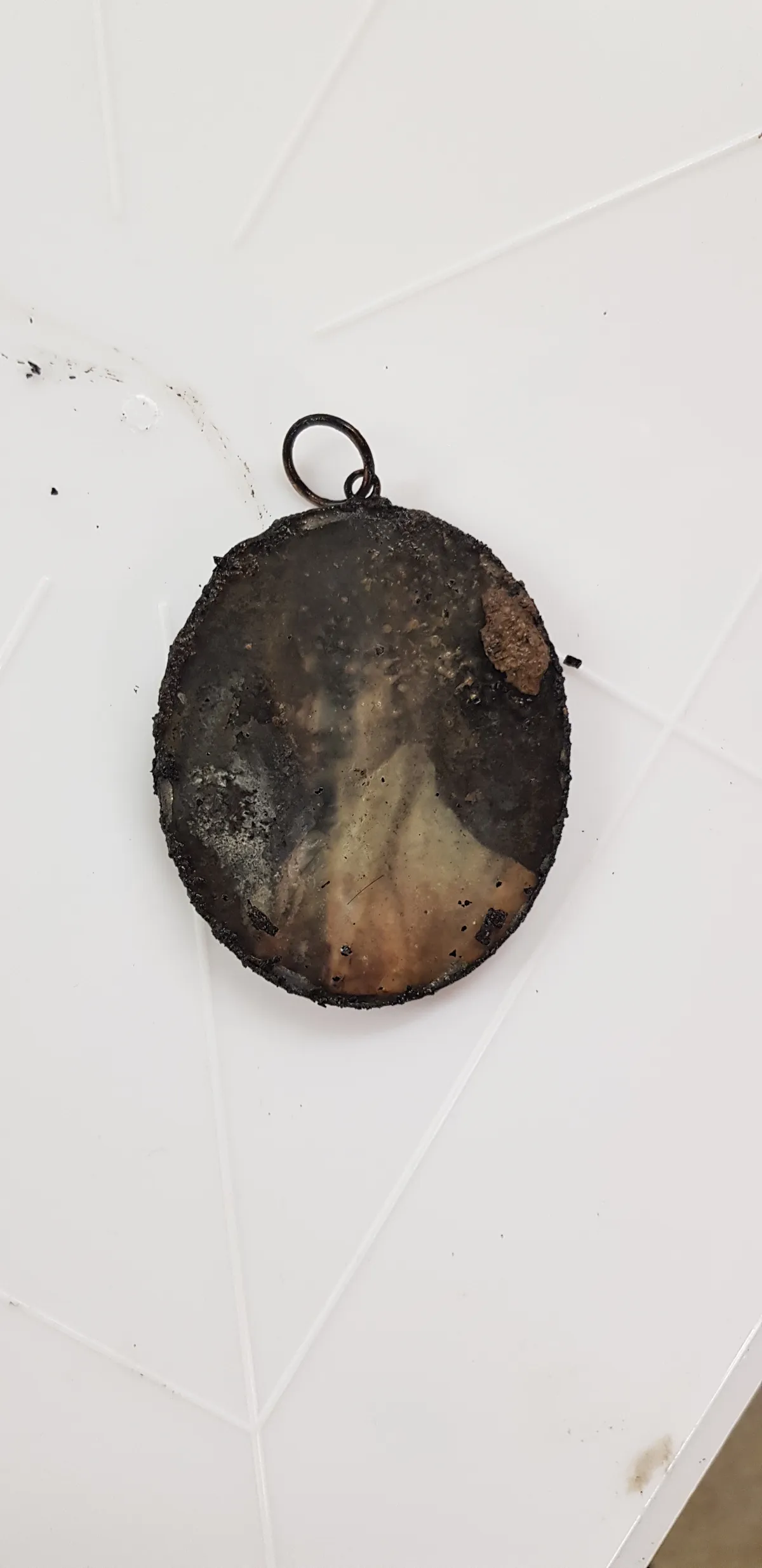HS2 has launched a new crowdsourcing project to transcribe 57,639 burial records from London’s St James’s Burial Ground.
St James’s, an 18th century burial ground near Euston station that was home to 31,000 bodies, was excavated by archaeologists between 2018 and 2019 as part of HS2’s construction.
It was the largest excavation project of its kind ever undertaken in the UK, and the archaeologists from MOLA Headland Infrastructure who carried out the dig are now seeking to find out more about the individuals buried there.
Helen Wass, head of heritage at HS2 Ltd, said: “At HS2, we are not only building for the future, but are preserving our past. As we excavated St James’s Burial Ground, all remains were treated with due diligence, care and respect, and this is a great example of how we are honouring the lives of those buried there by discovering their stories.”
The St James’s burial records have been digitised on crowdsourcing platform Zooniverse, and volunteers are encouraged to transcribe details such as each person’s name, date of burial, lot and plot number, age at death and cause of death.
The St James’s excavation has also been featured on the BBC Two documentary series Britain's Biggest Dig, presented by Professor Alice Roberts and Dr Yasmin Khan.
Archaeologists have already begun uncovering some of the stories of those buried there.
During the excavation, they found an unusually decorated coffin.
Using burial records, old newspaper articles and wills, they identified it as the coffin of Elizabeth Montgomery, who died on 28 May 1833 in Dieppe, France, age 40.
Elizabeth was returned to England for burial in a French-made coffin because she wrote in her will that she wished to be buried alongside her ‘dearest’ husband Reverend George Montgomery.
Her will also mentions a series of miniature portraits, one of which was found in her coffin.

Another married couple found in the burial ground are Frederick James and Jane Elizabeth Havell.
Frederick was an artist who, along with his brother William and fellow engraver James Tibbits Willmore, experimented with early photography techniques, presenting their Cliché Verre process at the Royal Society in London in 1839.
Sadly, later that year Frederick was admitted to and then died at Bethlem Hospital.
His mental illness may well have been caused by erethism, also known as ‘mad hatter syndrome’, because of prolonged exposure to mercury vapours from photographic experiments.
Jane Elizabeth Havell, his wife, died six years later and was buried in the same grave with a picture frame placed face-down on her chest, although no picture survives in the frame.
Rosemary Collins is the staff writer of Who Do You Think You Are? Magazine
